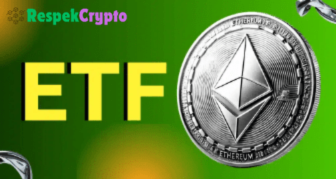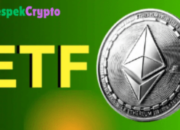Ethereum, one of the leading blockchain platforms, has recently made headlines as its median gas price has dropped to a five-year low. This significant decrease has implications for both everyday users and the broader cryptocurrency ecosystem.
Understanding Gas Prices in Ethereum
Gas prices in Ethereum refer to the fees paid by users to conduct transactions and execute smart contracts on the network. These fees are calculated in Gwei, a denomination of Ether (ETH). Typically, high gas prices indicate network congestion, while lower prices suggest decreased activity or improved efficiency.
Why Gas Prices Matter
Gas prices are crucial for several reasons:
- Transaction Speed: Higher gas fees can lead to faster transaction processing as miners prioritize higher-paying transactions.
- Cost of Operation: For users, lower gas prices mean reduced costs for sending transactions and deploying contracts.
- Market Activity: Gas prices can be indicative of market demand and usage of the Ethereum network.
Reasons Behind the Decline
Several factors have contributed to the recent decline in Ethereum’s gas prices:
1. Decreased Network Activity
Over the past few months, Ethereum has seen a decrease in the overall number of transactions. This downturn is often linked to seasonal trends in crypto trading and a general shift in investor interest.
2. Technological Improvements
The Ethereum network has undergone various upgrades aimed at improving its efficiency. The transition to Ethereum 2.0, with its proof-of-stake consensus mechanism, aims to enhance scalability and reduce transaction costs.
3. Shift to Layer 2 Solutions
The rise of Layer 2 scaling solutions, such as Polygon and Optimism, has allowed users to conduct transactions with significantly lower fees, which in turn has lessened the burden on the main Ethereum network.
Implications for Users and Developers
For Everyday Users
The drop in gas prices is a boon for everyday users. It makes transactions more accessible, particularly for those engaging in smaller trades or interactions with decentralized applications (dApps). Lower fees can encourage more users to participate in the Ethereum ecosystem.
For Developers
For developers, reduced gas prices can facilitate more experimentation and innovation. With lower costs, building and deploying new dApps becomes less financially burdensome, potentially leading to a resurgence in project development on the Ethereum network.
Future Outlook
While the current low gas prices are a positive development for many, it is essential to consider future trends. The cryptocurrency market is notoriously volatile, and fluctuations in gas prices can occur rapidly. Continuous monitoring of network activity and technological advancements will be crucial in understanding how gas prices may evolve.
Conclusion
Ethereum’s median gas price hitting a five-year low is a significant milestone that reflects changes in network activity and technological improvements. This development provides opportunities for both users and developers while also posing questions about future market dynamics. As the Ethereum ecosystem continues to grow and adapt, stakeholders will need to stay informed about these evolving trends.












